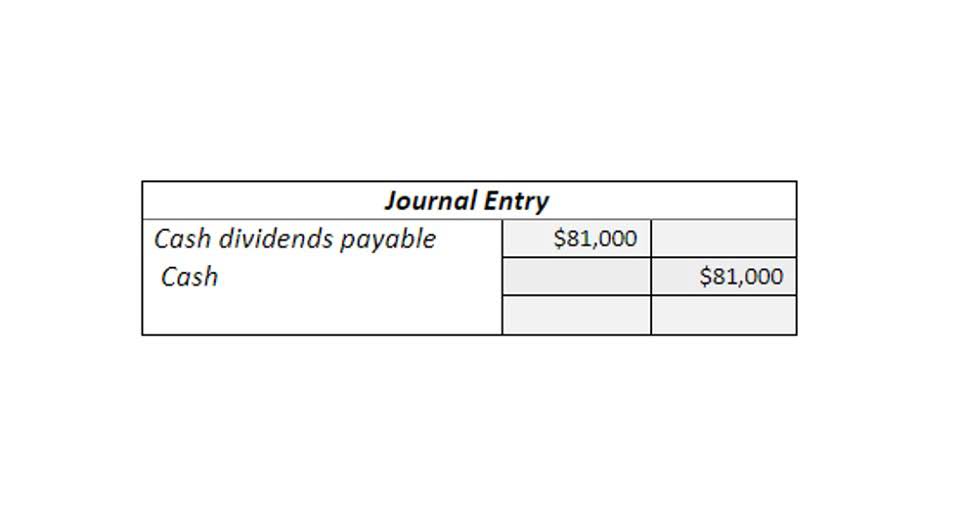Will you operate as a sole proprietorship, partnership, LLC, S corp, or C corp? This choice has significant implications for your tax obligations, so it’s not a decision to take lightly. Your business structure impacts how you file taxes, the rates you pay, and your personal liability. For example, as a sole proprietor, your business income and losses are reported on your personal income tax return. It’s crucial for startups to understand these nuances from the outset.
Why Startups Rely on Financial Projections?
There’s going to be some working capital changes, which is part of the company’s cash Certified Bookkeeper flow that may require special attention. For example, when you invoice a customer you’re probably not going to get paid for 30 days or 60 days. That is a working capital cost and that’s going to be reflected on your balance sheet and cash flow statement. Just be aware of all the changes to working capital, all the prepaid expenses that you have to do, all the accrued expenses.
Avoid unrealistic productivity expectations
- Showing a forecast that has a reasonable likelihood of being achieved is a good story to tell as opposed to one that shoots for the moon with numbers you’ll unlikely reach.
- Cash flow is one of the common problems for startups so it needs to paint the reality of cash flow to ensure the business is not going to run out of money.
- With historical data in hand, you can begin telling your growth story from revenue on your P&L.
- Alongside accounting basics, understanding how to create financial projections for your startup’s business plan is absolutely essential.
- It also aids in setting realistic benchmarks, facilitating informed decision-making and resource allocation.
This includes factors such as customer demand, supplier costs, inventory management, seasonality, economic factors, and changes in taxes. Understanding these drivers will give you insight into potential opportunities to increase revenue, reduce costs, improve liquid funds, and reduce overhead. Include sections for cash flow, break-even analysis, and any expected growth or changes.
- A positive projection might make you feel more comfortable increasing your expenses to fund growth.
- Sharing benchmark goals with your team encourages a collaborative effort towards achieving them.
- Either way, you will need to develop a short and mid-term projection broken down month by month.
- If the story doesn’t tie to the one in your head, go back and adjust the individual pieces to create the path you seek to achieve.
- Be sure also to consider external factors, such as the economy at large, the potential for added tariffs and taxes in the future, supply chain issues, or industry downturns.
How to create a financial forecast?
Think about these factors to create a budget that accurately reflects your startup’s unique situation. When choosing, make sure the software supports accrual accounting and can generate reports that comply with Generally Accepted Accounting Principles (GAAP). This is particularly important if you plan to seek outside investment. Kruze Consulting offers insights into accounting methods and often recommends QuickBooks Online for startups. Ultimately, the best software for you will depend on your specific requirements and preferences. Take advantage of free trials and demos to test different platforms before making a decision.
Use these insights to establish specific, measurable, achievable, relevant, and time-bound (SMART) goals that align with your broader business objectives. Consider incorporating financial forecasting and trend analysis to ensure your goals are realistic and attainable. Regularly reviewing and adjusting these goals in response to changing market conditions will help maintain focus and direction. Establishing short-term targets alongside long-term aspirations can provide immediate motivation while building a pathway to overarching objectives. Engaging stakeholders in the goal-setting process ensures alignment and commitment across the organization.
- An easy way to do that is to figure out the “why” and “how” behind any assumptions you make for your projections.
- For a farm, your revenue forecast is going to be based on how many acres you are farming x the yield per acre x the price per unit for your crop.
- Taking the time to project revenue, expenses, and cash flow will show you what your financials will look like within a specific period of time.
- Seek feedback from stakeholders—whether they’re investors, customers, or employees—to refine your financial plan.
- These statements provide a comprehensive view of your financial health, enabling informed decision-making and attracting potential investors.
Essential components of financial projections
Most startups break even in about 18 months, although that threshold will vary based on your business model and industry. Three key components of a cash flow statement include cash flows from operating, investing, and financing your business activities. To establish credibility with potential investors and lenders, pro forma statements should ideally show projections three years in advance. For some people, they just want to see your profit and loss statement (P&L) forecast.
Is your net margin increasing to align with mature comparable companies in your industry? If your revenue is projected to triple year-over-year while you’ve only doubled your fixed costs, you can really start demonstrating a path to profitability. Build your startup’s financial projections based on the following principles, and you will have a productive investment conversation with the best possible outcome. The best way to approach this is by telling a growth story about your business and to make sure you can back up that story with data and analysis drawn from your financial statements.









